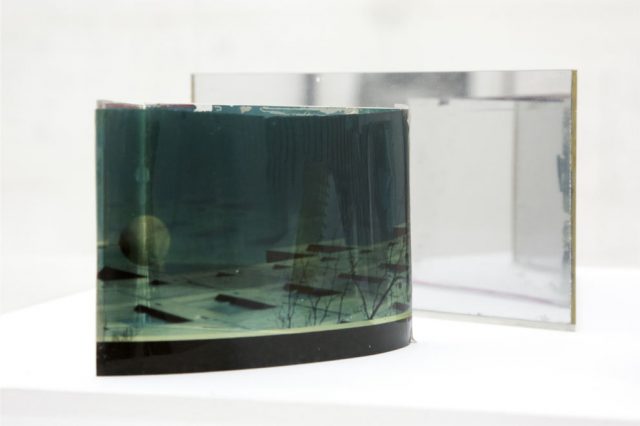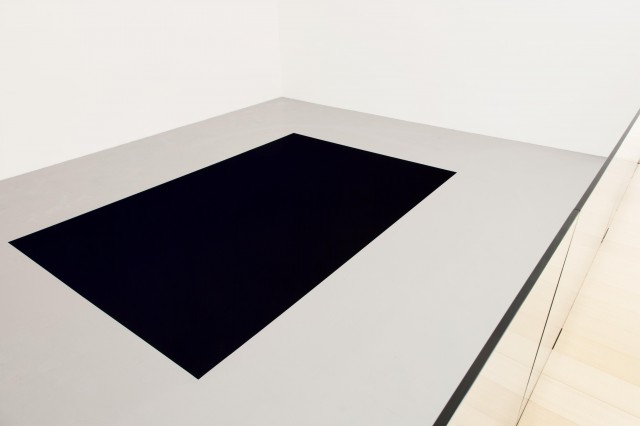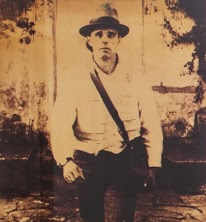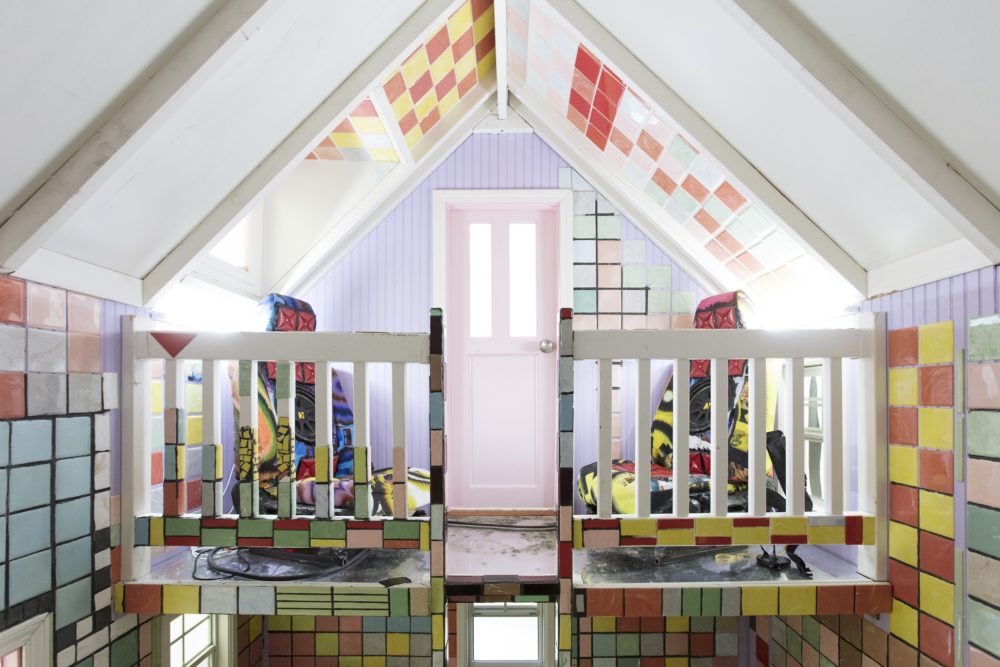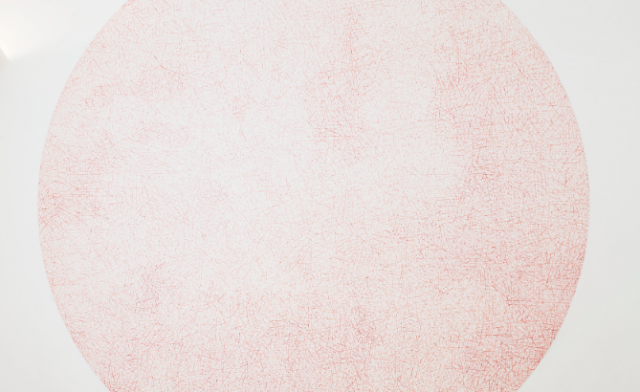Dan Graham (Urbana, 1942) is considered one of the most important conceptual artists of the 20th Century and has been active since the early 60s, as critic and curator as well as artist, creating videos, sculptures and installations. In 1964 Graham founded the John Daniels Gallery, New York, which hosted numerous exhibitions by American minimalist artists such as Dan Flavin, Donald Judd, Sol LeWitt and Robert Smithson. In the late 60s, Graham began to engage assiduously in video and performances, with works embodying the theme of architecture as relational and perceptual space. He used telecameras and videos, not with a narrative intent, but as an active part of a dialogue between different media, as well as part of a meta-linguistic and philosophical reflection on the concepts of space, time and knowledge.
Among the most emblematic works in this phase of his research was Time Delayed Room (1975), an installation consisting of two symmetrical rooms connected to each other. Two CCTV cameras were installed in the point of passage between the two spaces, filming the interiors of the two rooms and sending images to two monitors located in each of the two spaces: in each room appeared images of what was happening in the adjacent space. They were transmitted live and with an 8-second time lapse, an interval calculated on the base of neurological studies that identified the time required for the short~term memory to analyze experience in the present.
The installation created an effect of profound disorientation, since the brain tends to identify deferred images like this as being in the present and not the past. In this way Graham’s works trigger a deep reflection on our perception of time and memory, as well as on the experience of our body in space. This research absorbed the artist’s interest in the 70s and was expressed in numerous installations and performances using CCTV cameras, videos, mirrors and other devices to explore the concepts of space, time, identity and perception. During the 80s and 90s these issues generated an ambitious series of installations suspended between the space of sculpture and architecture, the so-called Pavilions, glass structures, iron and reflecting materials, built in public places and accessible to visitors.
Again in the case of these installations – of which the original models built by Graham to commission these productions are on display in the collection – the public was invited to enter into a dialogue with the work and with the space-time in which it is situated. The surfaces of these pavilions play with the effects of reflective or transparent glass and the distortions created by curved surfaces, so altering perception and leading the viewers to engage in an exercise of awareness of their bodies in space and time. The models in the collection evoke the preparatory phase of this field of Graham’s research. Like the examples of Radical Architecture on display in this room – in works by Dalisi, Sottsass and Superstudio – Graham’s work places the architectural structure at the service of the experience of the public and by deconstructing the concepts of “public space (and time)” prompts a reflection on the role of architecture in democratic processes.
AR
